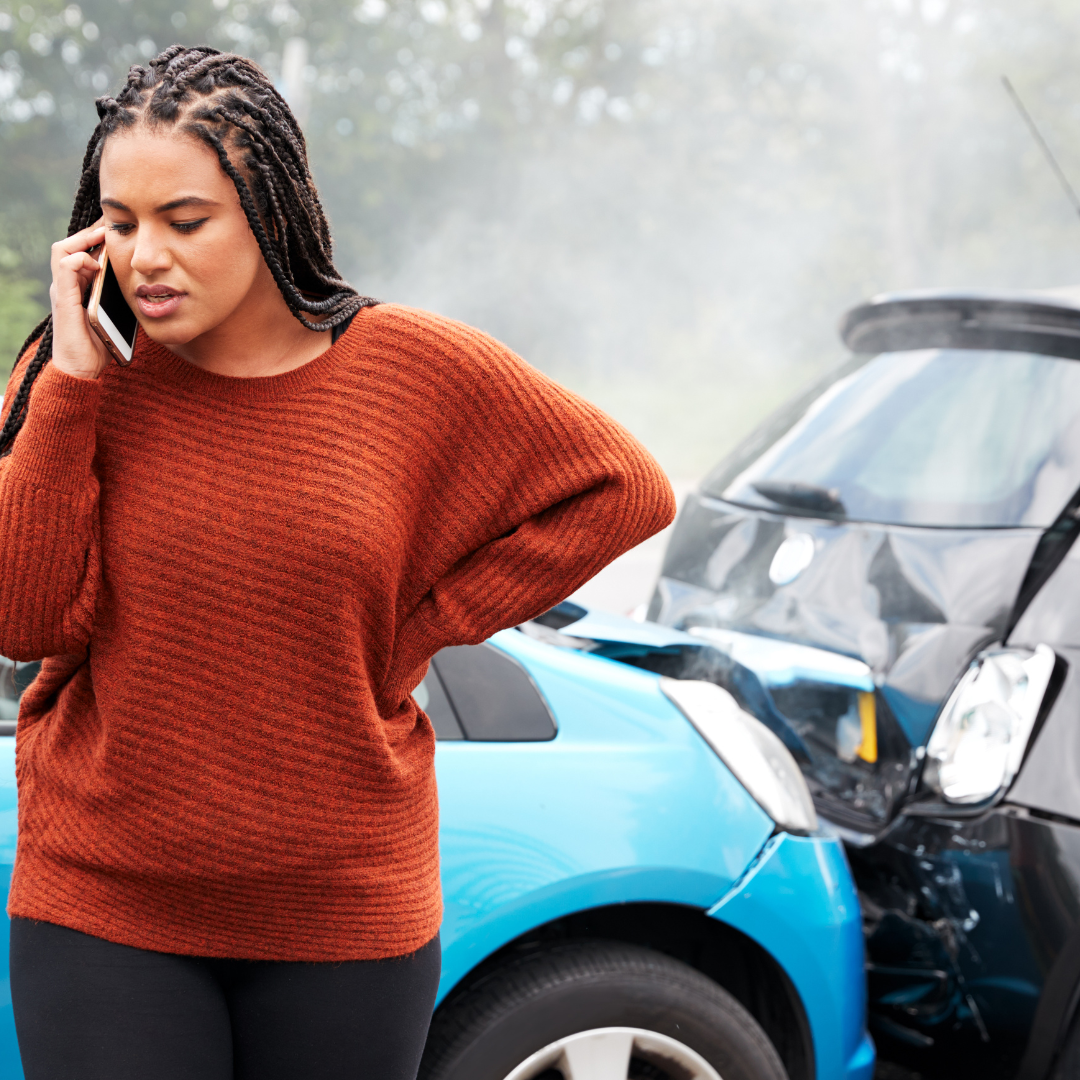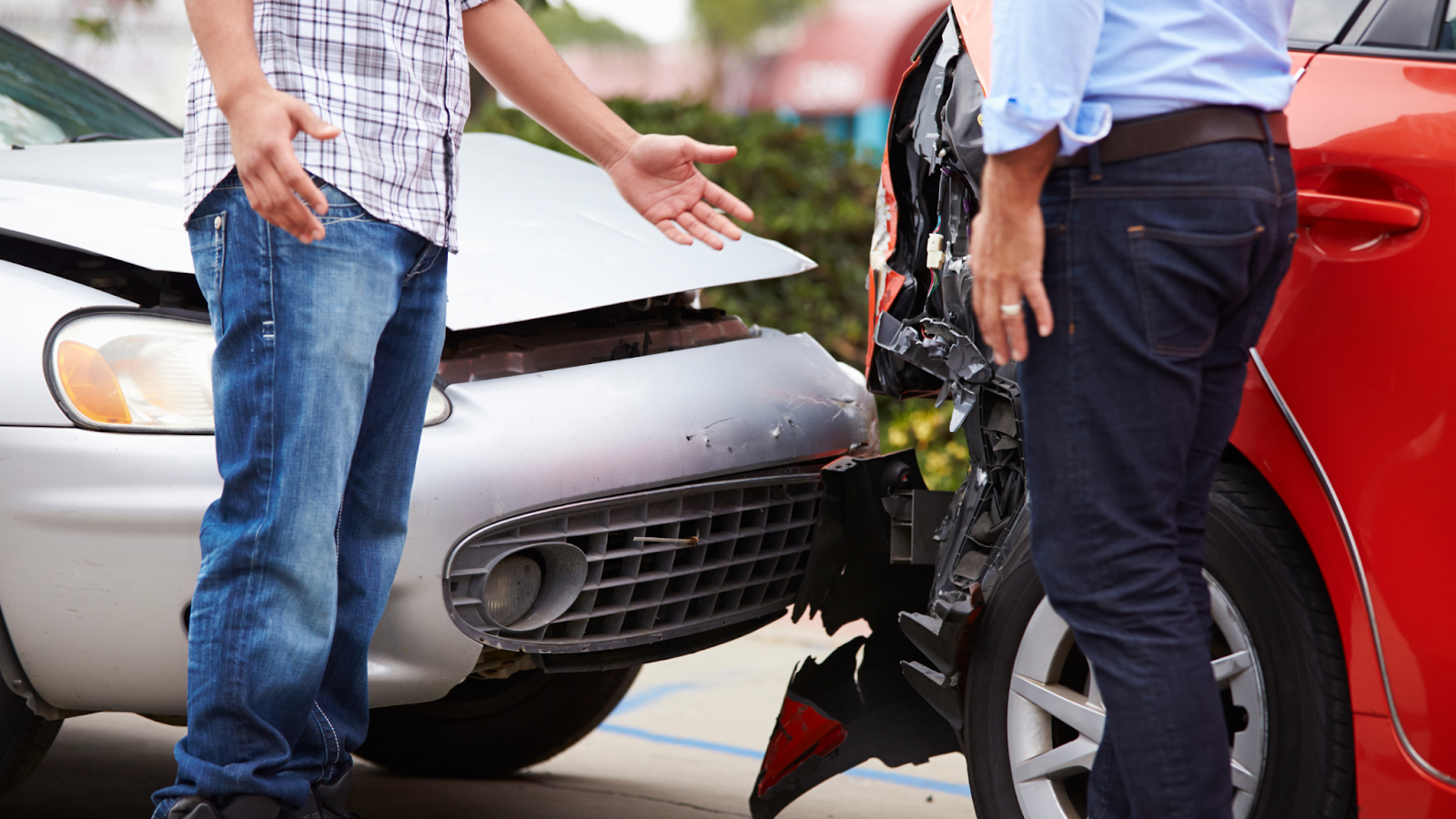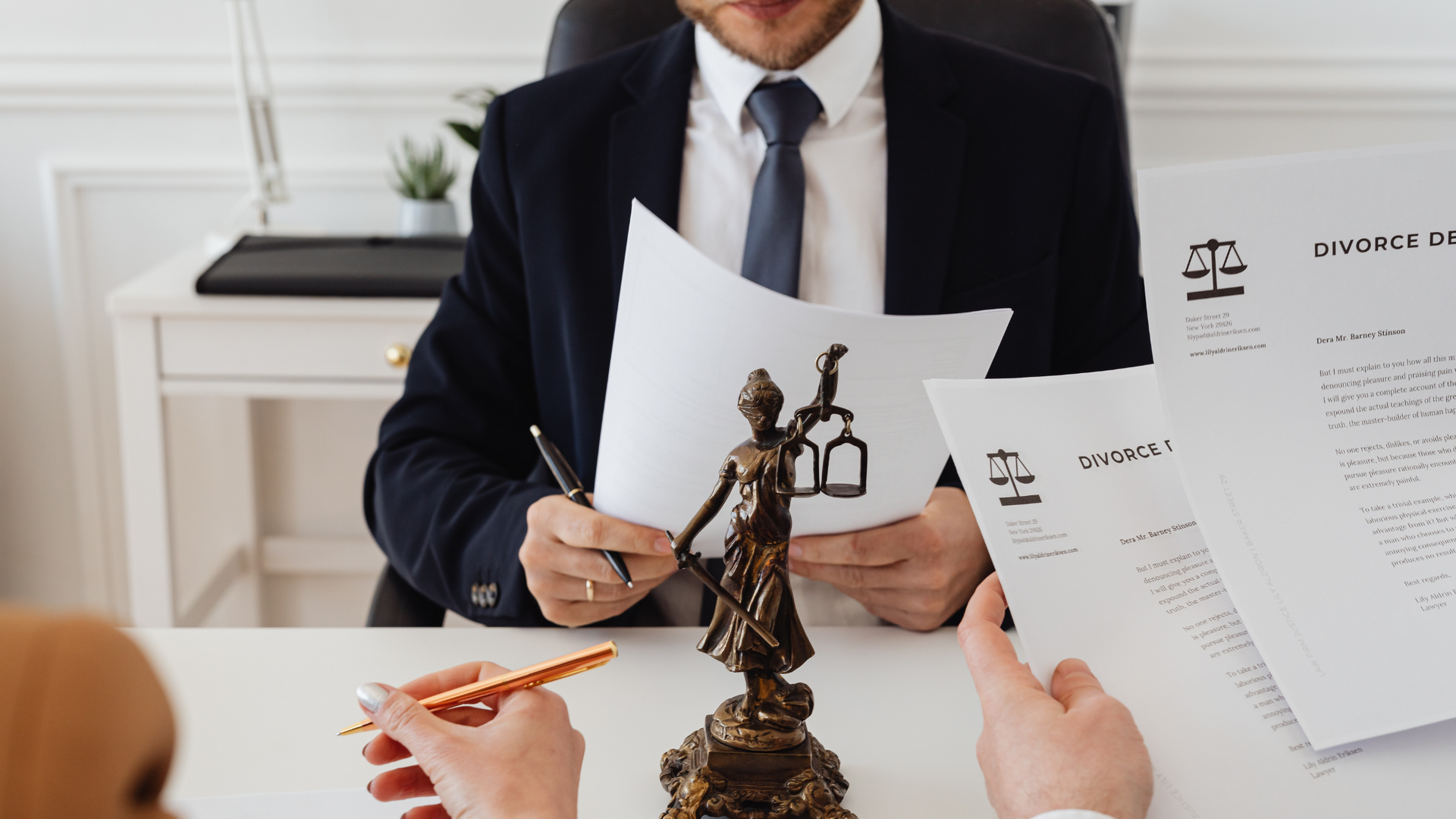How to Prove Negligence in a Car Accident Case: Insights from Attorney Eric Santoro
Car accidents can drastically alter the course of your life, leading to physical injuries, emotional distress, and financial strain. As a personal injury attorney based in Connecticut, I often receive questions about proving negligence in car accident cases. Understanding the concept of negligence and knowing how to gather the right evidence are crucial steps in building a solid case. This blog aims to provide clarity on these elements to help you navigate the legal process effectively.
Understanding the Concept of Negligence
Negligence is a fundamental legal concept in car accident claims. It occurs when a person fails to exercise reasonable care, resulting in harm to another. To establish negligence in a car accident case, four key elements must be proven:
- Duty of Care: The defendant (the person being sued) owed a duty of care to the plaintiff (the person filing the lawsuit). Every driver has a responsibility to operate their vehicle safely and adhere to traffic laws.
- Breach of Duty: The defendant breached this duty of care through actions such as speeding, running a red light, driving under the influence, or texting while driving.
- Causation: The defendant’s breach of duty more likely than not caused the plaintiff’s injuries or damages.
- Damages: The plaintiff suffered actual damages as a result of the accident. These can include physical injuries, property damage, medical expenses, lost wages, and pain and suffering.
How to Gather Evidence
Proving negligence requires solid evidence. Here are essential steps and tips on gathering the necessary proof:
- Document the Scene: If you are able, immediately take photographs and videos of the accident scene, vehicle damage, skid marks, road conditions, traffic signs, and other relevant details. This visual evidence can be invaluable.
- Obtain Witness Statements: Collect contact information and statements from any witnesses. Independent witnesses can provide unbiased accounts of the accident, supporting your version of events.
- Police Reports: Always call the police after an accident. The police report can serve as an official record of the incident and may include the officer’s observations, witness statements, and citations issued, all of which can support your case.
- Medical Records: Seek medical attention immediately, even if injuries seem minor. Medical records provide documentation of your injuries and treatment, establishing a link between the accident and your injuries.
- Expert Testimony: In some cases, expert witnesses such as accident reconstruction specialists, medical professionals, or mechanical engineers may be necessary to establish causation and the extent of your damages.
- Dash Cams: Most people still don’t have these, but they can be crucial in establishing fault when there are two different versions of what happened.
- Traffic Camera Footage: Check if the accident was captured by traffic cameras or surveillance cameras from nearby businesses or homes. This footage can provide clear evidence of the events leading up to the collision.
- Event Data Recorders (EDRs): This is like a black box in your car that continuously records everything from speed, when you brake, if you had your seat belt on, etc. Any car manufactured after 2014 has these, although it is possible that cars older than this have them.
Proving Negligence in Connecticut
Often times, the most difficult element of negligence to prove is causation, especially if the plaintiff has pre-existing injuries to the body parts they claim they injured in the car accident. It is the plaintiff’s burden to prove each element, and obtaining medical causation for the injuries is expensive and requires very specific language from the medical professionals, which is most often an orthopedic doctor.
In Connecticut, the legal doctrine of “modified comparative negligence” applies. This means you can still recover damages if you are found partially at fault for the accident, as long as your share of the fault is 50% or less. However, your compensation will be reduced by your percentage of fault. For example, if you are found to be 30% at fault, your compensation (or verdict if there is a trial) will be reduced by 30%. If you are found to be more that 50% at fault (even 51%) you will be barred from any recovery.
Conclusion
Proving negligence in a car accident case requires a thorough understanding of legal principles and meticulous evidence gathering. As your attorney, my role is to guide you through this complex process, ensuring that you have the best possible chance of receiving the compensation you deserve. If you’ve been involved in a car accident and believe the other driver was negligent, don’t hesitate to reach out for a consultation. Together, we can build a strong case and work towards a favorable outcome.
By following these guidelines and working closely with a skilled attorney, you can navigate the legal complexities of a car accident claim and achieve the justice you deserve.










